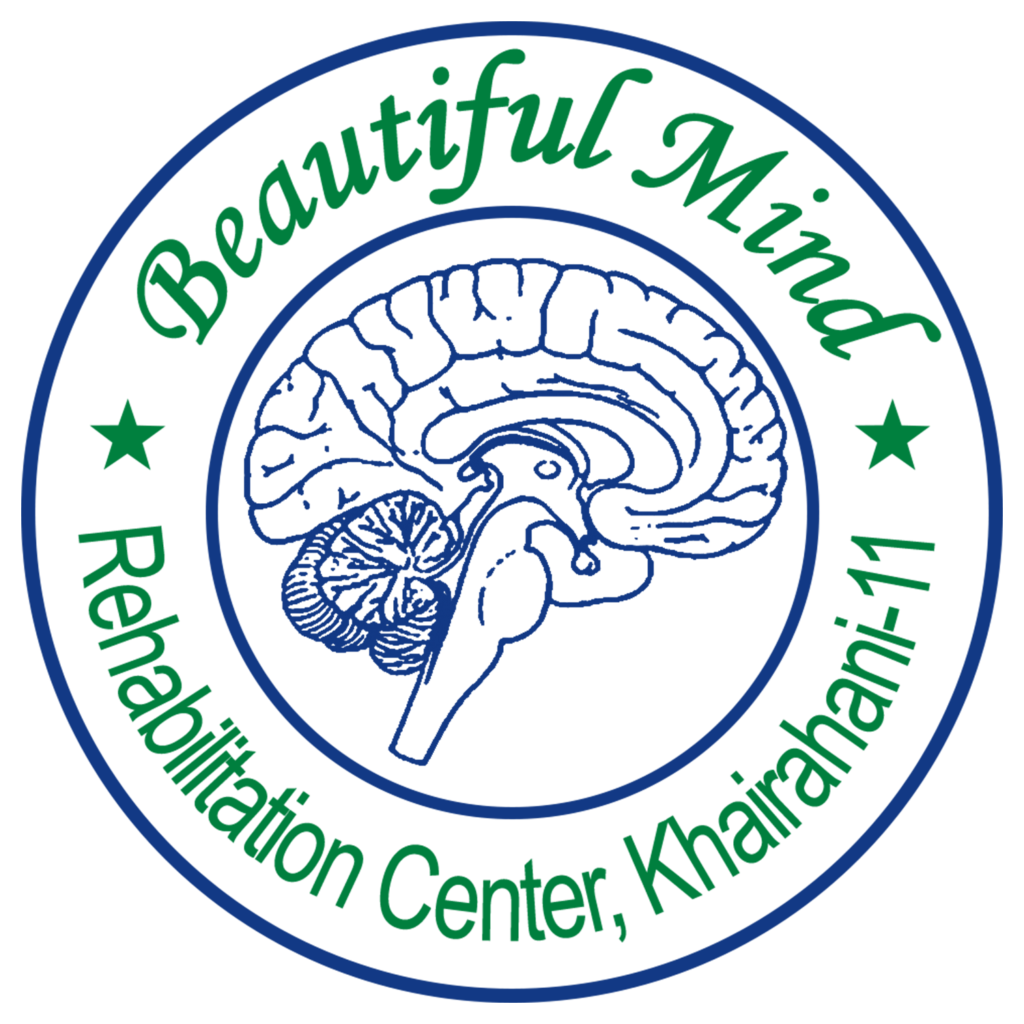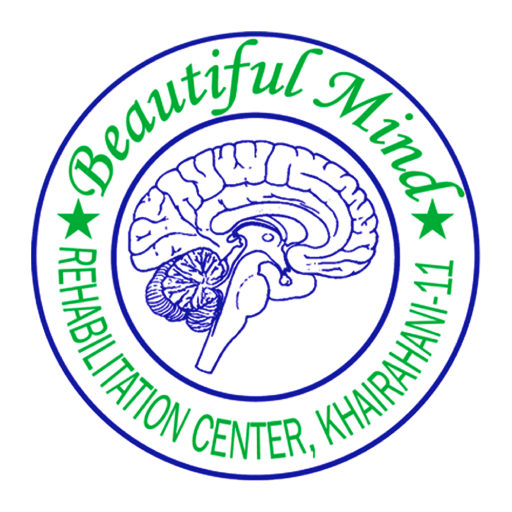Introduction
Mental health awareness has gradually emerged as a significant part of public health in Nepal. Historically, the understanding of mental health conditions in Nepal was clouded by cultural beliefs, taboos, and limited medical knowledge. However, in recent years, there has been a shift towards improving mental health care and raising awareness. This article takes you on a journey through the history of mental health in Nepal, shedding light on the key developments and milestones.
Early Beliefs and Cultural Perspectives
Mental Health and Traditional Beliefs
In traditional Nepalese society, mental health issues were often misunderstood. Many believed that mental illnesses were caused by supernatural forces, evil spirits, or karma from past lives. Shamans, known as Jhankris, played a pivotal role in addressing mental health by performing rituals to rid individuals of perceived spiritual disturbances. These practices reflected deep-rooted cultural interpretations of mental health.
Lack of Medical Infrastructure
Before the 1950s, Nepal had no formal health care system, including mental health services. People relied on traditional healers and religious rituals to address their mental and emotional well-being. This lack of medical infrastructure meant that mental health remained an under-addressed issue for decades.
The Introduction of Modern Mental Health Services
Establishment of Psychiatry in Nepal
In 1962, Nepal saw a major breakthrough in mental health with the establishment of Mental Hospital Lagankhel, the first and only mental health institution in the country for many years. This hospital, located in Kathmandu, was instrumental in introducing psychiatric services to the population. However, the focus was primarily on treating severe mental illnesses, and the concept of mental health awareness or preventive care was still in its infancy.
Integration into Public Health
The Nepalese government began integrating mental health into public health policies in the late 20th century. The National Health Policy of 1991 and The National Mental Health Policy of 1997 were key steps towards recognizing the importance of mental health services. Despite these efforts, implementation was slow, and mental health continued to be neglected compared to other health issues.
Mental Health Awareness in the 21st Century
Rise of NGOs and Advocacy Groups
The 21st century saw a rise in mental health advocacy in Nepal. Non-governmental organizations (NGOs) have played a significant role in raising awareness, providing community-based mental health care, and advocating for mental health rights. These organizations have worked closely with the government and international bodies to improve access to mental health care in rural areas, where services are often scarce.
Post-Earthquake Mental Health Crisis
The 2015 earthquake in Nepal brought mental health to the forefront. The disaster resulted in widespread trauma, depression, and anxiety among survivors. This crisis highlighted the urgent need for mental health support in post-disaster contexts. Several initiatives were launched in collaboration with international organizations to provide psychological first aid and long-term mental health care to those affected.
Current Challenges and Future Prospects
Stigma and Accessibility
Despite the progress made in recent years, mental health stigma remains a significant challenge in Nepal. Many individuals are reluctant to seek help due to fear of judgment and social exclusion. Additionally, mental health services are largely concentrated in urban areas, leaving rural populations underserved.
Mental Health in Government Policies
The government of Nepal has made strides in improving mental health services, but there is still a long way to go. The National Mental Health Strategy and Action Plan (2020–2025) aims to strengthen mental health care systems, improve access to services, and reduce stigma. However, adequate funding, trained professionals, and widespread public awareness remain key hurdles to achieving these goals.
Conclusion
The history of mental health in Nepal is a reflection of the country’s broader socio-cultural and medical evolution. From traditional beliefs and stigmatization to the growing recognition of the importance of mental health care, Nepal is on a transformative journey. With continued advocacy, governmental support, and public education, the future holds promise for better mental health services and a more inclusive society.
Key Takeaways
- Mental health in Nepal has evolved from being heavily influenced by traditional beliefs to being recognized as a critical public health issue.
- The establishment of the Mental Hospital Lagankhel in 1962 marked a turning point in psychiatric care.
- NGOs and advocacy groups have been instrumental in raising awareness and providing services, especially in rural areas.
- The 2015 earthquake underscored the importance of mental health care in disaster response.
- Ongoing challenges include stigma, limited accessibility, and the need for stronger governmental policies.
Nepal’s mental health journey is a work in progress, but with continuous efforts, the future looks hopeful.

















